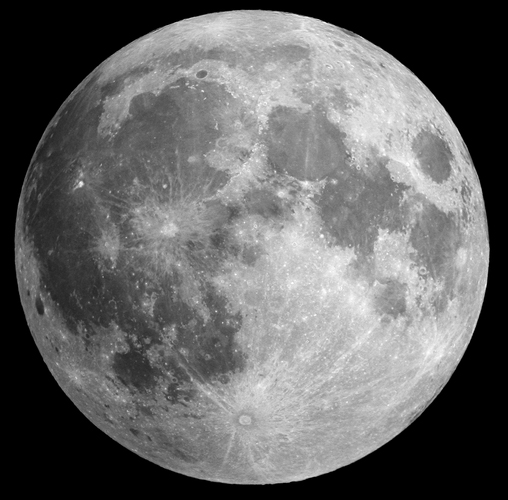
Space technology company Masten has developed a new way to tackle this problem in the form of its Nighttime Integrated Thermal and Electricity system, which uses chemical reactions to keep lander electronics warm until the lunar dawn. The usual heating method used by American, Russian, and Chinese missions has been to equip landers and instrument packages with radiothermal generators, which use the decay of radioactive elements for heat and sometimes electrical power. These aren’t nearly as efficient as the nuclear versions, require large battery banks as well as a system to circulate heat, and must be recharged using solar panels each day, but they are cheaper, do not involve problems with nuclear fuel scarcity or radiation, and carry less political baggage.
An updated variation on Masten’s Metal Oxidation Warming System, NITE takes another approach to the warming problem by using metals and left over oxidizer from the landing craft’s propulsion system, which are used to generate an exothermic chemical reaction to produce both heat and power through the lunar night.
During the day, the system is shut down to prevent overheating. According to Masten, NITE has the advantages of producing more heat than an equivalent battery system at 1,900 Watt hours per kilogram, but is seven times lighter.
It can warm landers and other craft or equipment for over a year with sufficient onboard oxidizer or oxygen from lunar water, but is about US$50 million dollars cheaper than RTGs and US$10 million cheaper in terms of payload costs compared to batteries.
